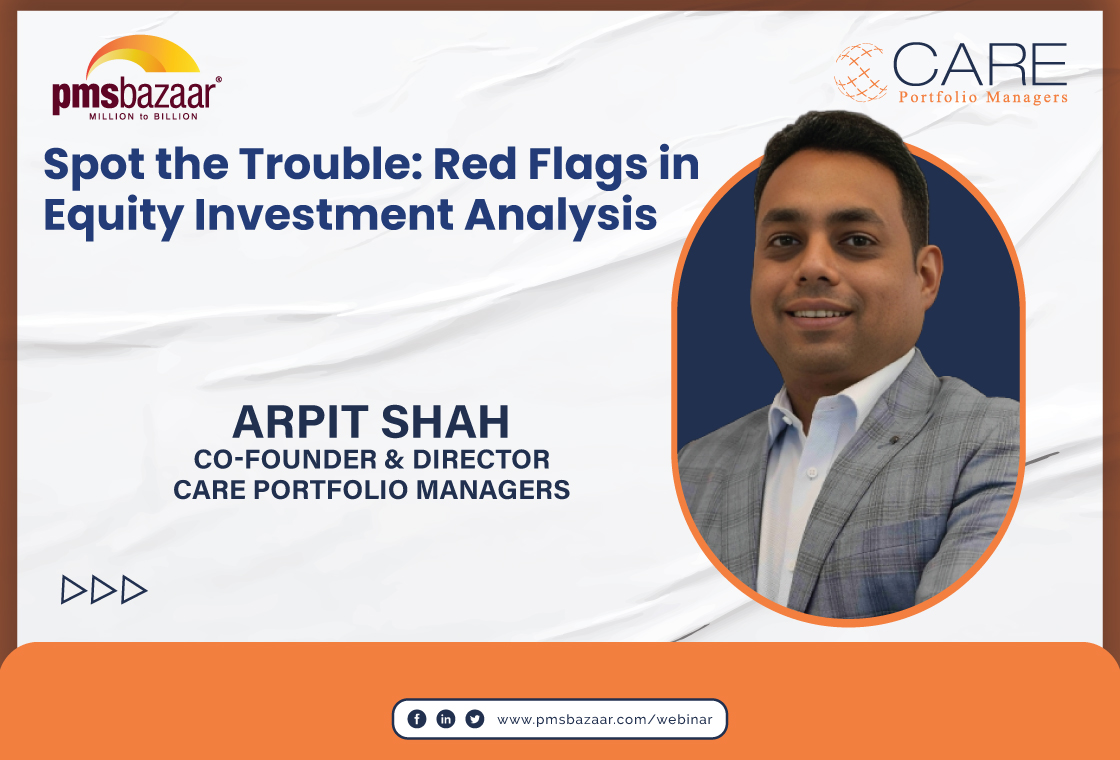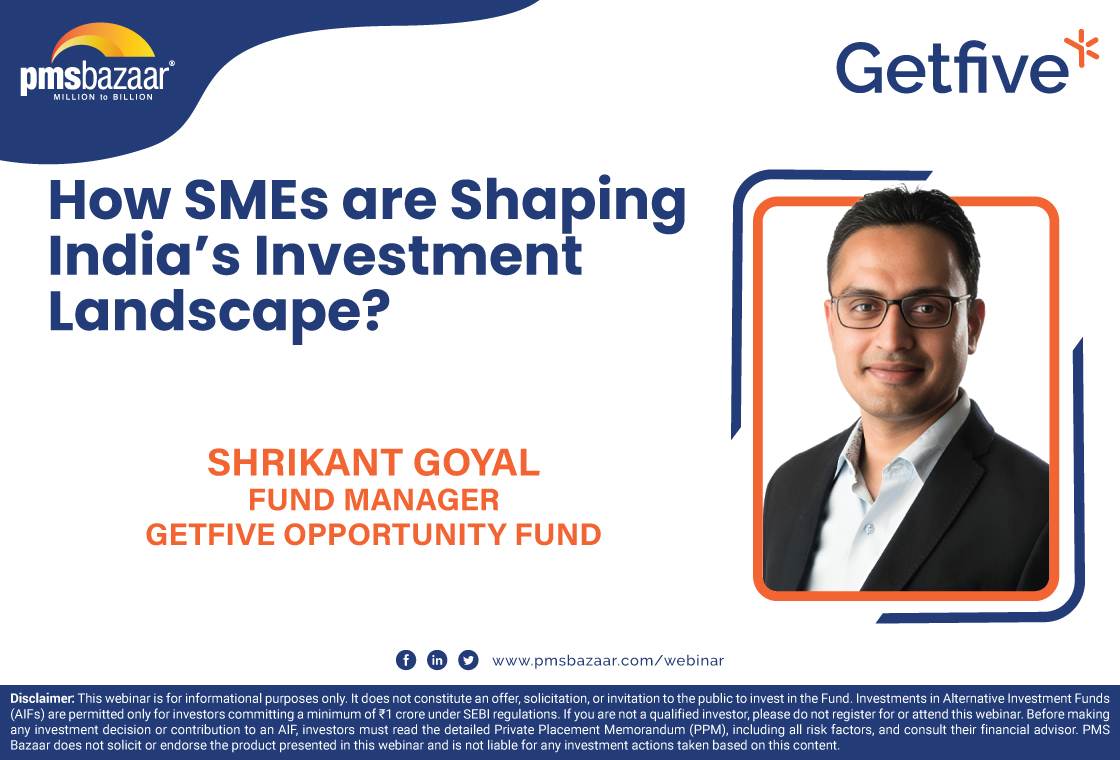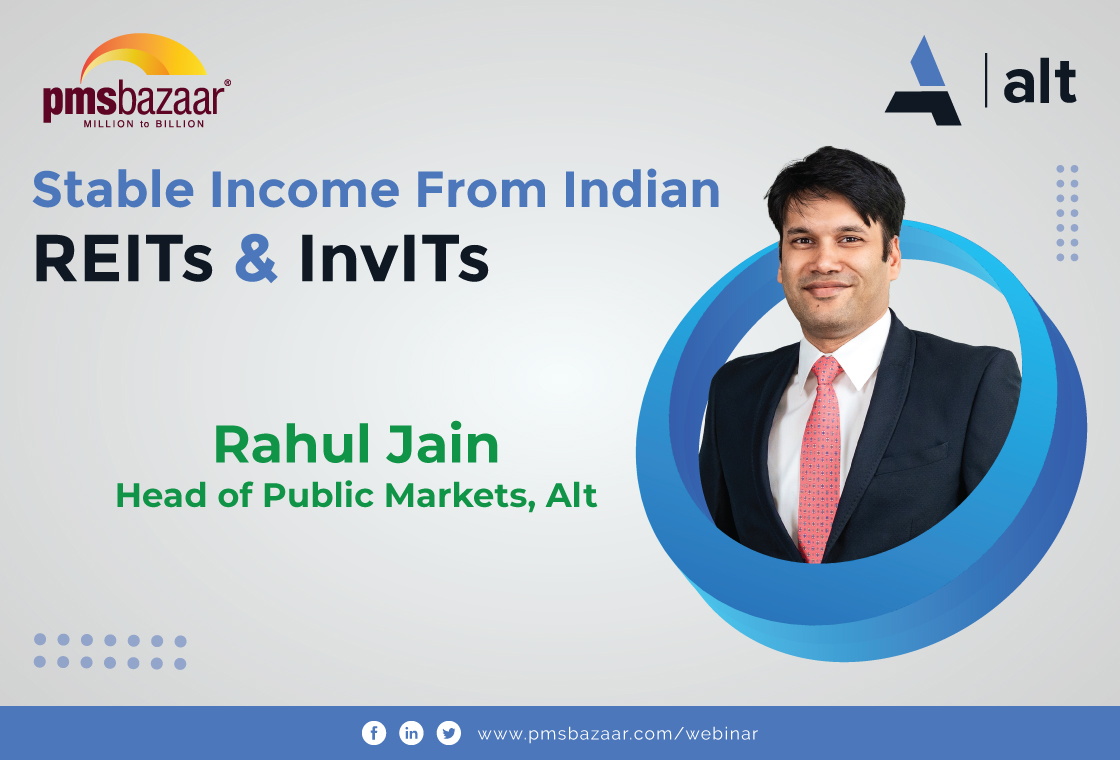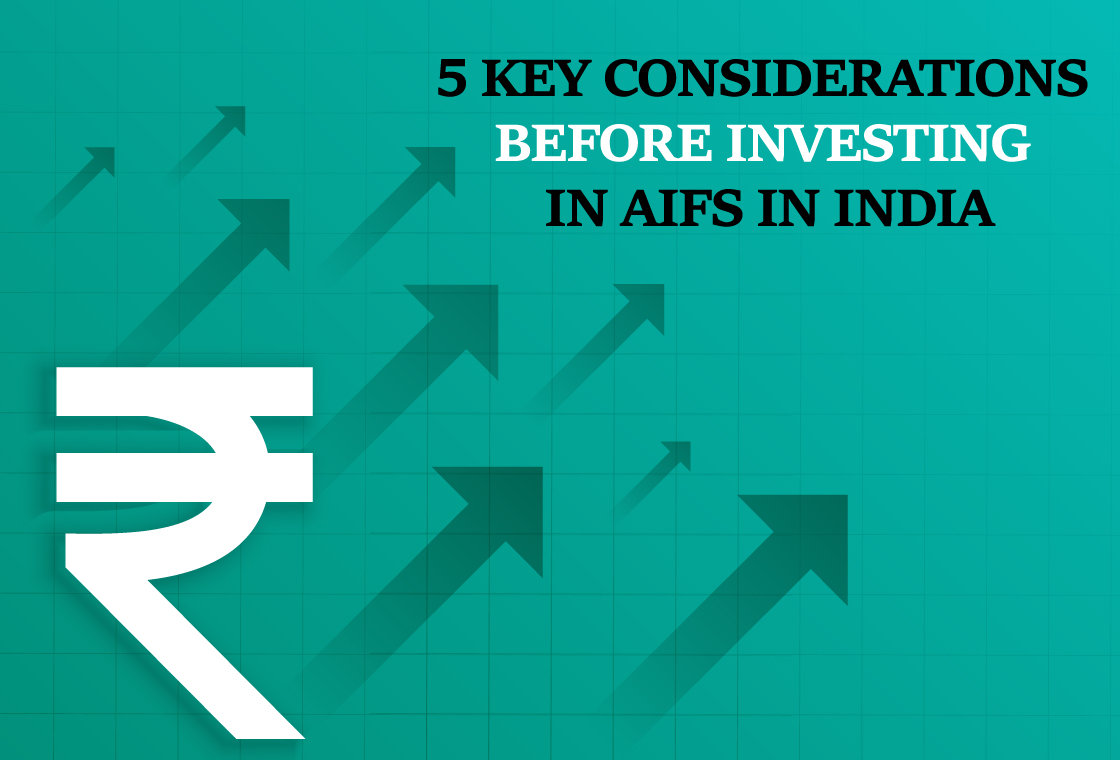Investing legend Warren Buffett has always warned against putting all your eggs in one basket. But, thousands and lakhs of investors over the years have repeated this terrible mistake. What happens when all your eggs are in one basket? Returns become one big financial omelette!

For some, everything is about equities. For goldbugs, the precious metal is godly. And, those who want to play ultra-safe, have always chosen the fixed income shield. Unfortunately, no asset in itself is an all-weather solution.
In the last 10-15 years all asset classes have had their bouts of extreme drawdowns making even long-term investments a difficult ride, says Nishit Shah, Fund Manager, PhillipCapital India in an exclusive webinar moderated by R Pallavarajan, Founder & Director of PMSBazaar. "No single asset class can deliver everything an investor wants. This is why a multi asset investment is the need of the hour," says Shah.
An Equities Problem
Shares/stocks/equities --- call it by any name, but the fact remains that this asset class remains the best bet in terms of beating inflation over the long-term. Most investors are drawn towards equities for the robust returns, but every crown comes with its share of thorns too. In the case of stocks, frequent and deep drawdowns make it for an average investor to remain invested. Even long term returns are highly dependent on entry and exit points.
"Between April 2007 to June 2020, a period of 15 years, Nifty returned 7.75% CAGR, the lowest among other asset classes such as Gold, S&P 500 (overseas stocks) and Bharat Bond 10 year (debt). Nifty saw the worst drawdown where nearly 60% of wealth was wiped out temporarily," reveals Nishit Shah of PhillipCapital India.
Diversify to Defeat Downside
One of the main highlights of the last 10-15 years, besides the drawdowns across asset classes, is the low correlation among them especially on the downside. Simply put, not all asset classes fall together. To tweak a nursery rhyme: "Humpty Dumpty Do Not Fall Together".
Data shows that over the last 13 years, the Nifty - the domestic equity benchmark - on a rolling 12-month basis has given negative returns 25% of times. The average return is -15%. "In those periods, Gold, International Equities, Fixed Income provided sufficient protection. The verdict is clear: diversification helps especially on the downside," points out Shah.
Extending this study, the average 36 month return when Nifty returns are negative (Nifty -0.99%), Gold has a return of 17%, S&P 500 has clocked 11% and Bharat Bond 10-year has given a return of nearly 8.5%.
This Is How Multi Asset Helps
Many investors would like to know how keeping their eggs in different baskets help. What does a diversified portfolio help? How does this diversification help? To exhibit this, we need to construct a simple multi asset portfolio. Allocate 50% to domestic equities aka Nifty, 20% each in Gold and Fixed Income. The rest 10% should be Overseas Equities aka S&P 500. This simple multi asset strategy not only improves returns but also reduces volatility and drawdown depth significantly. Also, this simple strategy over the medium term keeps pace with Nifty even in the bull markets so one doesn't lose out on the equity upside.
"A sophisticated multi asset strategy can reduce drawdowns much more, and this also ensures that the portfolio recovers much faster. You like it or not, a simple multi asset strategy will see equities being major contributors to the drawdowns. Thus, any sophisticated multi asset strategy will have control on equity volatility and equity drawdown as a key to control portfolio volatility and portfolio drawdown," says Shah of PhillipCapital India.
A Simple Solution
PhillipCapital India's Multi Asset PMS aims to reduce equity volatility by dynamically modulating equity exposure. There is a market timing element to all this, besides a static actively managed portfolio. The strategy, passive in nature with active intelligence, was launched one and a half months ago.
"Thus, our strategy has a static 10% long element and a dynamic equity long component ranging from 0 to 40%. The dynamically managed portion is through Nifty and Nifty Next 50 ETFs. The 10% overseas equity allocation is static. Gold (10%) and Fixed Income (20%) exposure are static in nature. Unlike mutual funds, the PMS wrapper gives the investor options to customize and personalize the portfolio," says Shah, who has worked with some of the most respected Wealth Management companies in India including Motilal Oswal.
Do note that the strategy will at present not invest in a stock, but rather invest in ETF/funds when it comes to equity exposure. Current cash allocation of the strategy is 20% due to profit-booking in Nifty Next 50 ETFs. The current cash is invested in liquid funds.
Those who missed the opportunity to hear from the expert directly can listen to the entire session through the link appended below
For more information, please contact info@pmsbazaar.com
*Disclaimer that the performance related information provided therein is not verified by SEBI
*Option for direct on-boarding with the Portfolio Manager i.e. PhillipCapital (India) Pvt Ltd.
Recent Blogs
.jpg)
Passively Active Investing — A Modern Investor’s Lens on ETF-Based PMS
PMS Bazaar recently organized a webinar titled “Passively Active Investing — A Modern Investor’s Lens on ETF-Based PMS,” which featured Mr. Karan Bhatia, Co-Founder and Co-Fund Manager , Pricebridge Honeycomb ETF PMs. This blog covers the important points shared in this insightful webinar.

Spot the Trouble: Red Flags in Equity Investment Analysis
PMS Bazaar recently organized a webinar titled “Spot the Trouble: Red Flags in Equity Investment Analysis,” which featured Mr. Arpit Shah, Co-Founder & Director, Care Portfolio Managers. This blog covers the important points shared in this insightful webinar.

Long-Only AIFs Rebound Sharply in October; Long-Short Strategies Lag Despite Lower Volatility
106 long-only AIFs averaged 3.68% vs 32 long-short AIFs at 2.7%; only 24–31% of funds beat key indices

Markets log strongest monthly gains in 7 months; PMS performance turns near-uniform in October
Nifty 50 TRI gained 4.62%, BSE 500 TRI rose 4.27%; 415 of 427 equity PMSes ended positive

How SMEs are Shaping India’s Investment Landscape?
PMS Bazaar recently organized a webinar titled “How SMEs are Shaping India’s Investment Landscape?” which featured Mr. Shrikant Goyal, Fund Manager, GetFive Opportunity Fund.

Stable Income from Indian REITs and InvITs
PMS Bazaar recently organized a webinar titled “Stable Income from Indian REITs and InvITs,” which featured Mr. Rahul Jain, Head of Public Markets, Alt.

5 Key Considerations Before Investing in AIFs in India
Alternative Investment Funds (AIFs) have emerged as a compelling option for sophisticated investors seeking diversification and potentially superior returns. But venturing into AIFs requires a clear understanding of their unique characteristics that go beyond simply knowing what they are and their categories.

How AIF can help in diversification?
Traditionally, Indian investors have relied on a mix of stocks and bonds to build their wealth. While this approach offers diversification, it can still leave your portfolio vulnerable to market fluctuations. Enter Alternative Investment Funds (AIFs), a dynamic asset class gaining traction for its ability to unlock diversification beyond the realm of conventional options.

